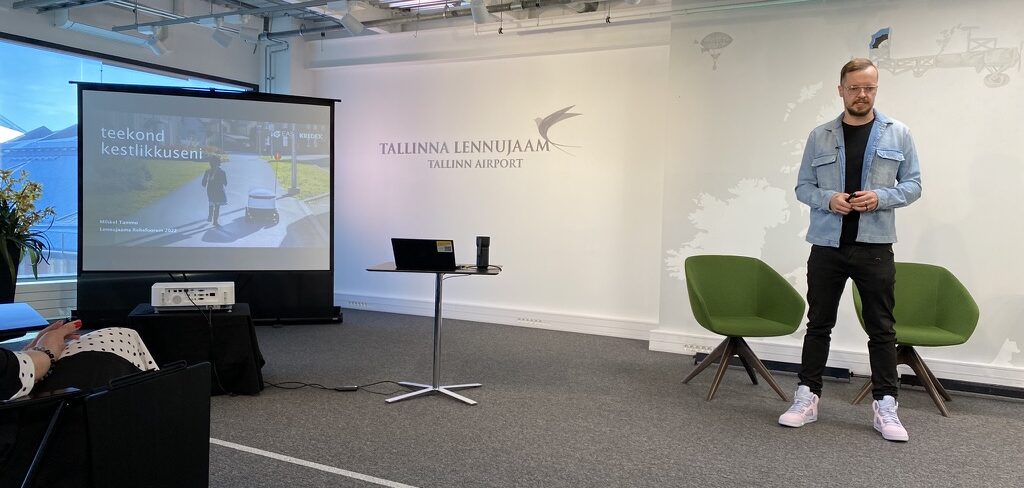Estonia’s Tallinn Airport has partnered with environmental company Green Tiger to hold the Green Forum event, at which speakers and attendees shared their experience of reducing environmental impact.
At the event, the Port of Tallinn, national economic foundation Enterprise Estonia, business campus Ülemiste City and energy company Utilitas discussed transportation’s environmental impact and how to increase the sustainability of the country’s transportation gateways, including the Port of Tallinn, Rail Baltic and Tallinn Airport. Tallinn Airport joined Green Tiger in February to contribute to the green transition of the economy and the transportation sector and to contribute to awareness-raising and the sharing of experience.
Andres Veske, the chairman of the supervisory board of Green Tiger, said, “Estonia had used up all of its own natural resources for 2022 by 14 March. It’s clear that our economic model is unsustainable in its current form, because nature is an integrated system. You just can’t keep taking from a closed system without giving something back. That’s why we have to move towards an economy that’s in balance with nature.”
Veske continued, “The transport sector’s footprint accounts for 30% of all carbon emissions, of which just 4% are attributable to aviation, which makes Tallinn Airport’s push to reduce that impact all the more noteworthy. It’s a great sign that the airport has taken the initiative and, as a brand-new member of Green Tiger, is leading the discussion on how to make Estonia’s transport gateways more sustainable. Green Tiger is planning to draw up a transport roadmap to ensure the sector can pinpoint the areas it affects and mitigate that impact.”
Riivo Tuvike, the chairman of the management board of Tallinn Airport, said, “The green transition is no passing fad: companies that have failed to reduce their environmental impact by 2030 will find themselves out of the game. We’ve already taken a number of steps to lessen the impact we have on the world around us. We’re focusing on using less energy while also producing our own renewable supplies. Our aim is to be providing 30% of the airport’s electricity from our own solar farms by 2023. And in autumn we’ll be making the switch from gas to district heating.”


